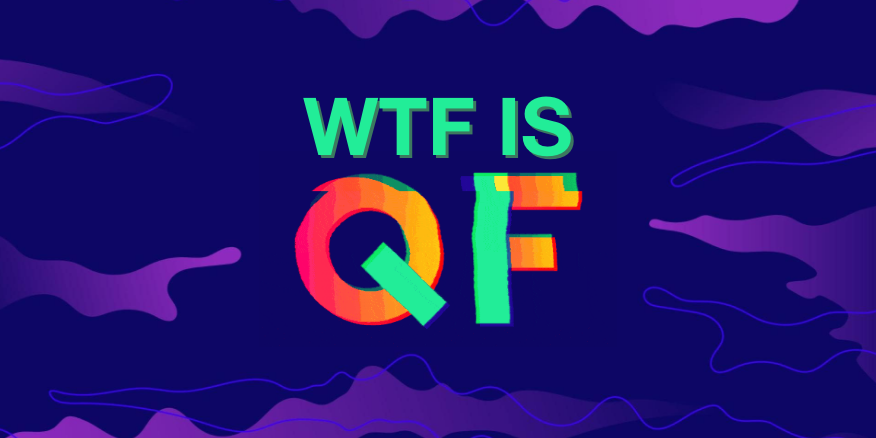- Atom
- Posts
- The History of the Wise Crowd
The History of the Wise Crowd
Exploring the Evolution and Power of Collective Intelligence

Introduction
Throughout human history, the power of the crowd has manifested itself in various forms - sometimes as a wise and insightful collective, and other times as a misguided and irrational mob. This blog post aims to delve into the history of the wise crowd, discussing key moments where collective intelligence has made a significant impact, and exploring the factors that contribute to its wisdom. Finally, we will look ahead to the future and consider what may lie in store for the concept of the wise crowd.
A Brief History of Collective Wisdom
1715: Citizen Science with Halley's Eclipse

The concept of collective wisdom has been around for centuries. One early example comes from 1715, when astronomer Edmond Halley successfully predicted the path of a solar eclipse. He encouraged the public to observe and record the event, marking an early example of citizen science. This collaboration between scientists and the general population was a milestone in harnessing the power of the crowd for scientific discovery.
1906: Galton's Wisdom of the Crowd

In 1906, British scientist Francis Galton conducted a famous experiment to investigate the power of collective intelligence. At a country fair, he asked 787 participants to guess the weight of an ox. While individual guesses varied wildly, the average of all guesses was astonishingly accurate - only one pound away from the ox's actual weight. This experiment provided empirical evidence for the idea that a diverse group of individuals can produce an accurate collective estimate, laying the foundation for the concept of the "wisdom of the crowd."
1989: Participatory Budgeting in Brazil
In 1989, the Brazilian city of Porto Alegre implemented a pioneering experiment in participatory budgeting, allowing residents to have a direct say in allocating a portion of the city's budget. This experiment, which led to more equitable distribution of resources, was later replicated in British Columbia and, less successfully, in Iceland, where a lack of diverse political opinion in the crowd hindered its effectiveness.
2007: Galaxy Zoo and the Green Pea Galaxy
In 2007, Galaxy Zoo was launched as an online platform for citizen scientists to help classify millions of galaxies. The platform tapped into the wisdom of the crowd, and in doing so, led to the discovery of the unusual "Green Pea" galaxy, which had been overlooked by professional astronomers. This successful use of collective intelligence demonstrated the potential for the crowd to make significant contributions to scientific discovery.

A Pea galaxy, also referred to as a Pea or Green Pea
The Wise Crowd: Key Ingredients
For a crowd to be wise, it must possess certain characteristics:
Independent Thought: Each individual in the crowd should have the ability to think independently and form their own opinions, rather than being swayed by the opinions of others. This allows for a true diversity of perspectives, increasing the likelihood of accurate collective judgments.
Diversity of Opinions: A wise crowd is composed of individuals with a wide range of backgrounds, expertise, and viewpoints. This diversity enhances the collective's problem-solving abilities, as each person brings unique insights to the table.
Aggregation Method: In order to harness the wisdom of the crowd, there must be an effective way to aggregate individual judgments into a collective decision. This can be done through voting, averaging, or other techniques that take into account the input of all participants.
The Crowd Today: Blockchain, Quadratic Funding, and Beyond
As we continue to explore the impact of the wise crowd, it's important to consider the advancements and innovations that are currently shaping the landscape of collective intelligence.
Blockchains and Consensus
One of the most significant developments in recent years is the rise of blockchain technology. Blockchains enable distributed crowds to reach consensus on the true state of a system, without the need for a central authority. This innovation has given birth to a massive new source of value - the global cryptocurrency market cap, which currently stands at a staggering $1.25 trillion. While this figure contains both genuine innovations and questionable projects, it is undeniable that blockchain technology has unlocked new potential for the power of the crowd.
Quadratic Funding for Public Goods
In 2018, Vitalik Buterin, Zoe Hitzig, and E. Glen Weyl published a groundbreaking paper titled "A Flexible Design for Funding Public Goods." This paper introduced the concept of quadratic funding (QF), a decentralized and self-organizing ecosystem for the optimal provision of public goods. Quadratic funding is a relatively simple concept that can be explored in detail here:
One notable implementation of QF is Gitcoin, which has focused predominantly on funding open-source software as a public good. To date, Gitcoin has distributed over $50 million through its grants program, with an estimated global financial impact of $29.2 billion.
However, QF is not without its challenges. Issues such as vulnerability to sybil attacks and collusion have prompted ongoing discussions about recognizing the influence of social connections among participants and exploring the next generation of QF. An insightful conversation on this topic can be found here:
Gitcoin is currently running its Beta rounds, and we at Atom, an organization focused on harnessing the power of the crowd to fund early-stage scientific research, has a grant proposal up for consideration. You can donate to our cause here!
The history of the wise crowd has shown us the immense potential of collective intelligence. From citizen science and participatory budgeting to blockchain technology and quadratic funding, the power of the crowd has made its mark on various aspects of our world. As technology continues to advance, and new methods of collaboration and coordination emerge, there's no doubt that the wise crowd will continue to shape our future in ways we can only begin to imagine.

